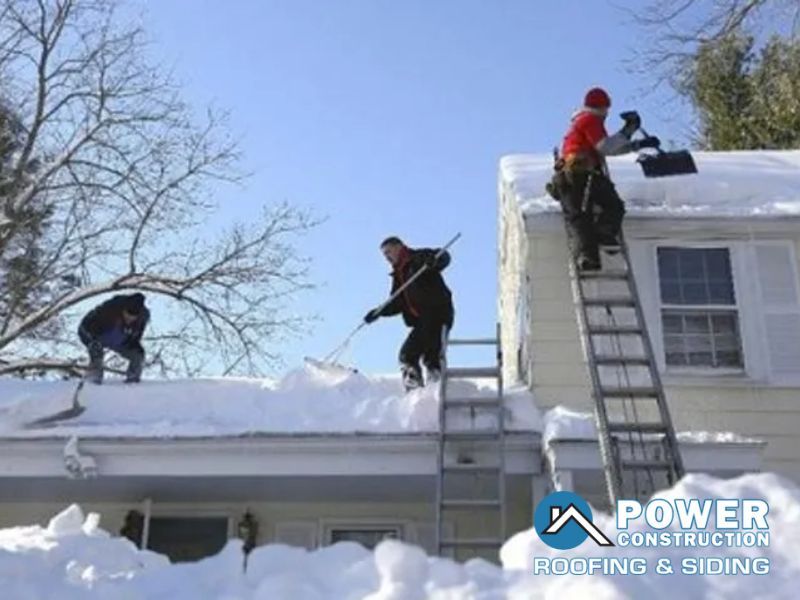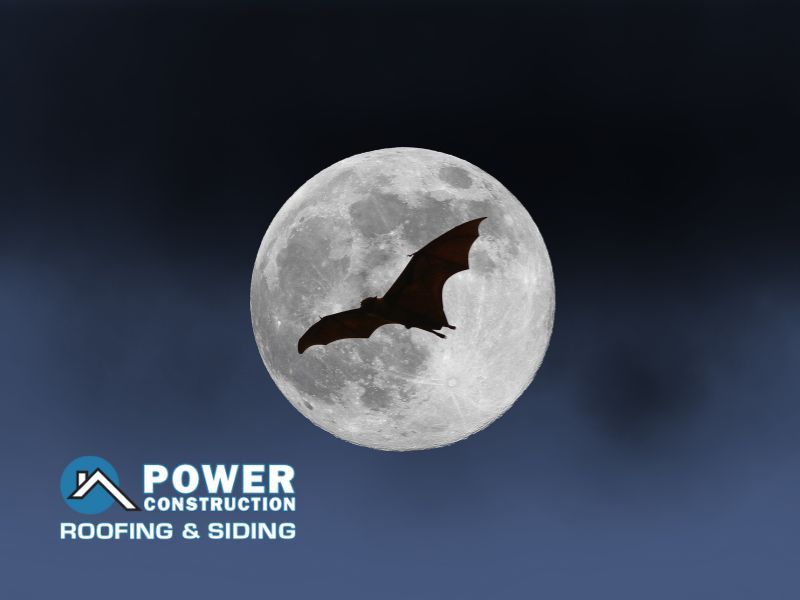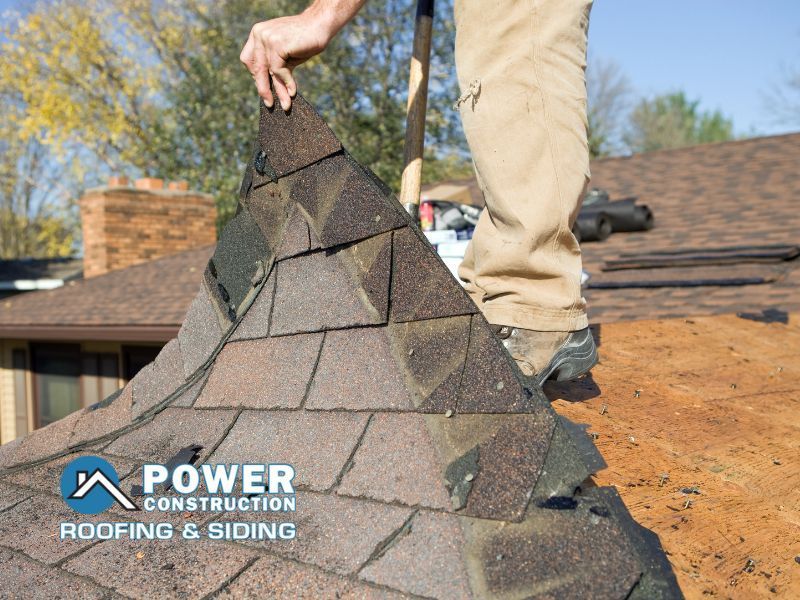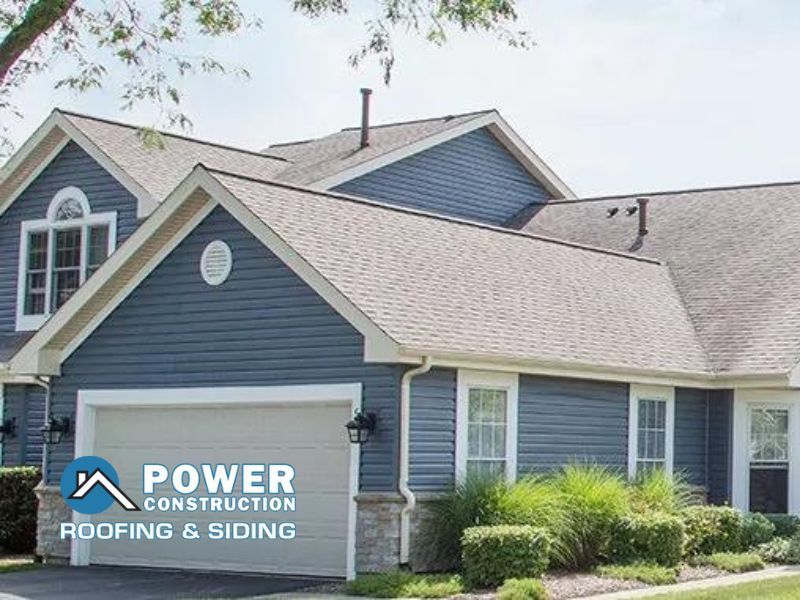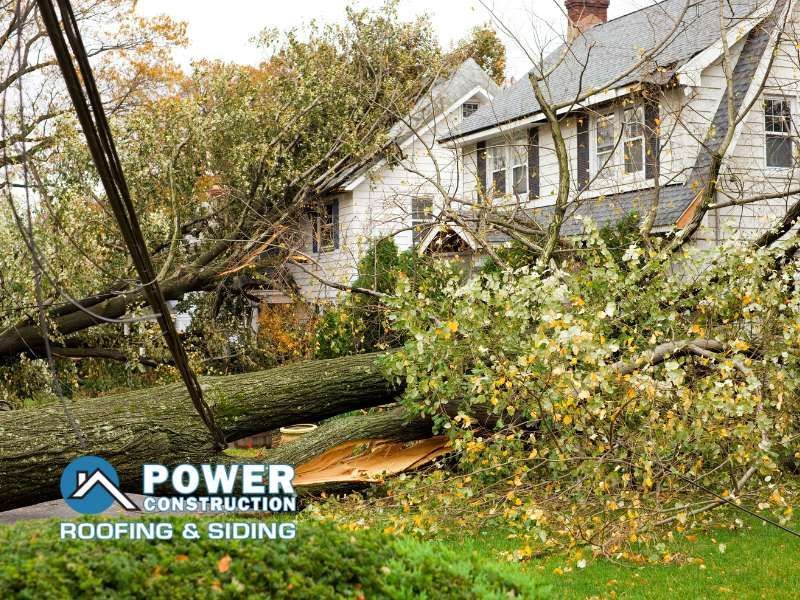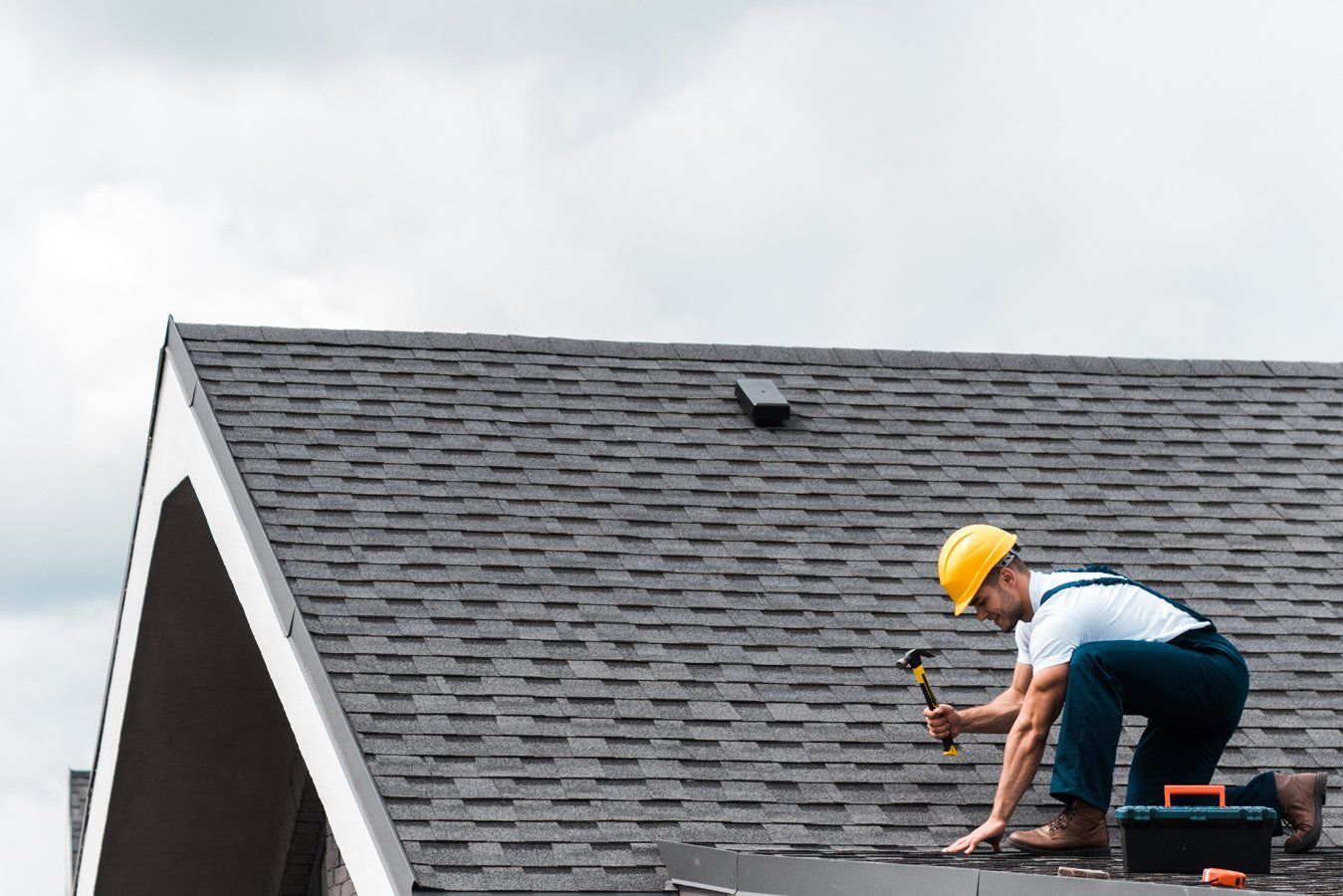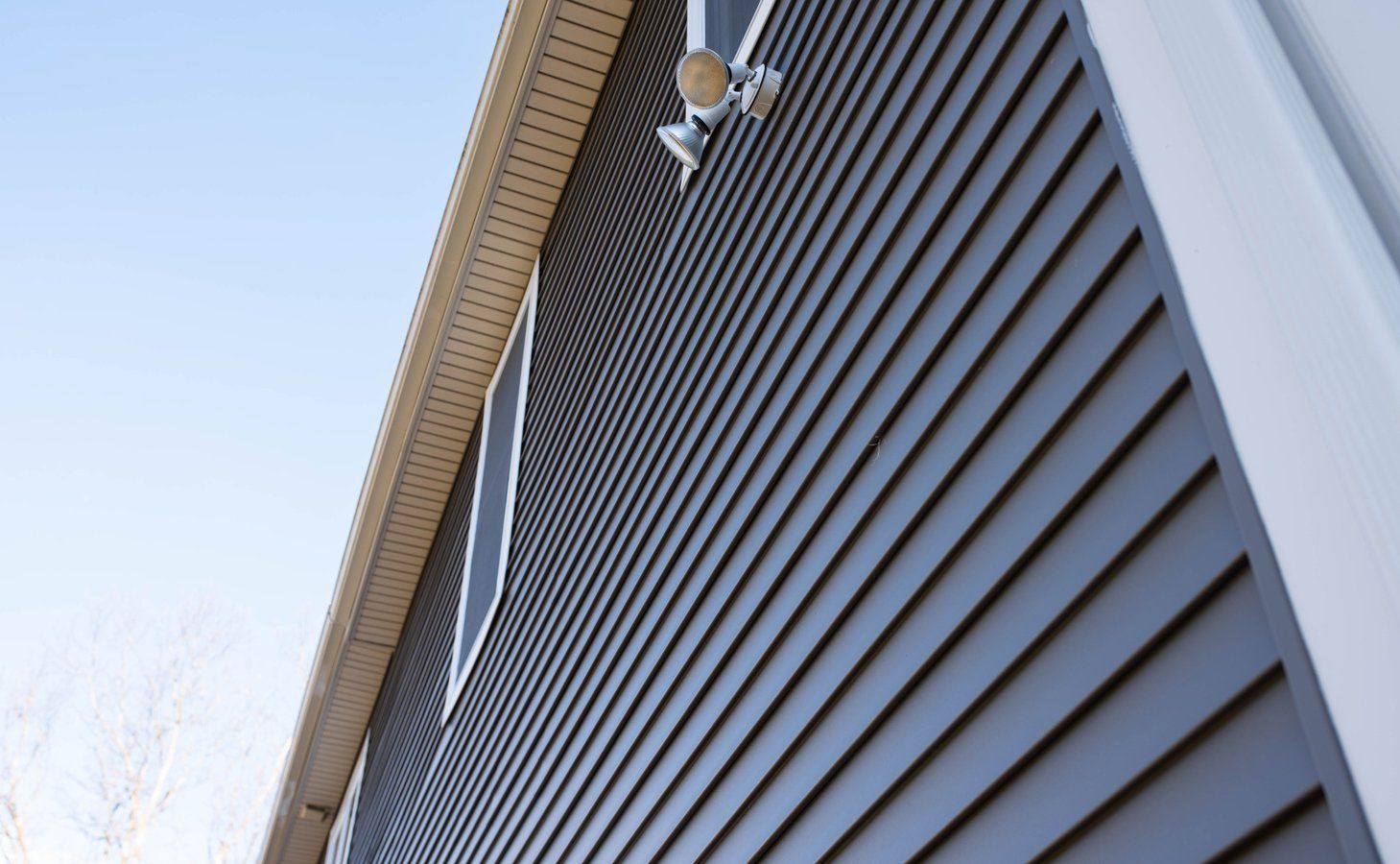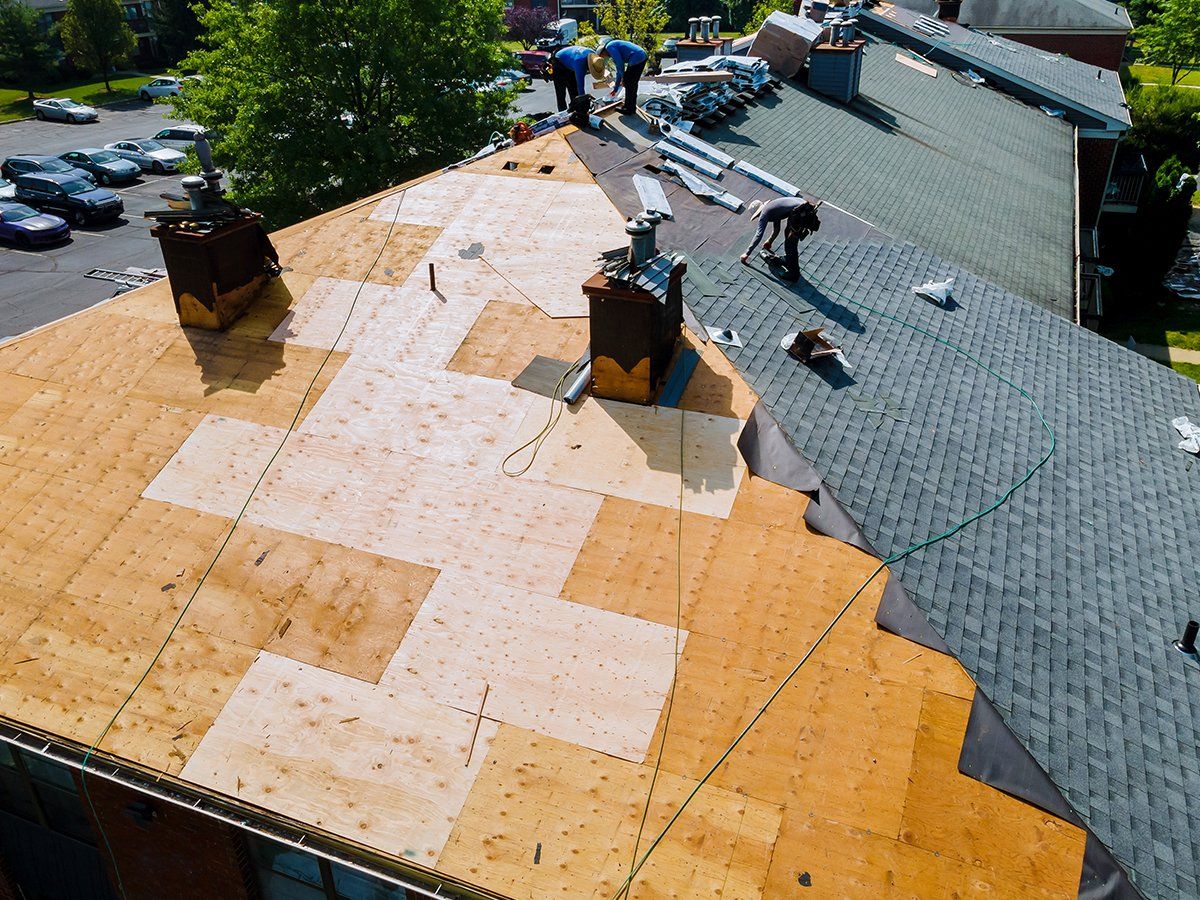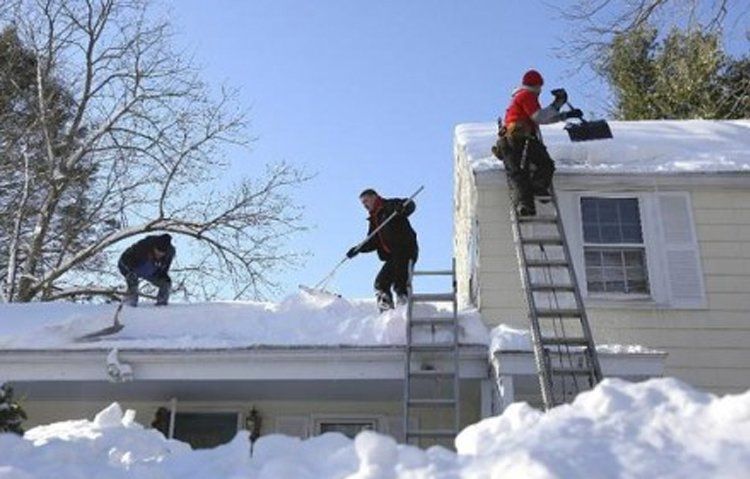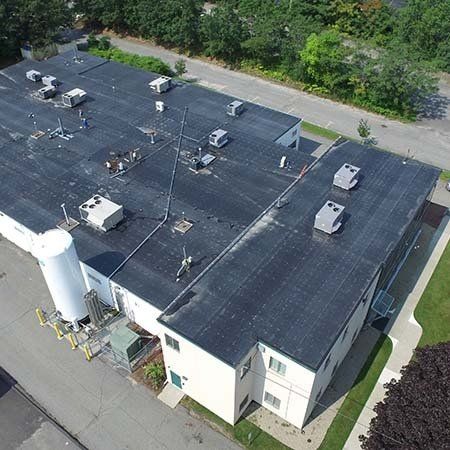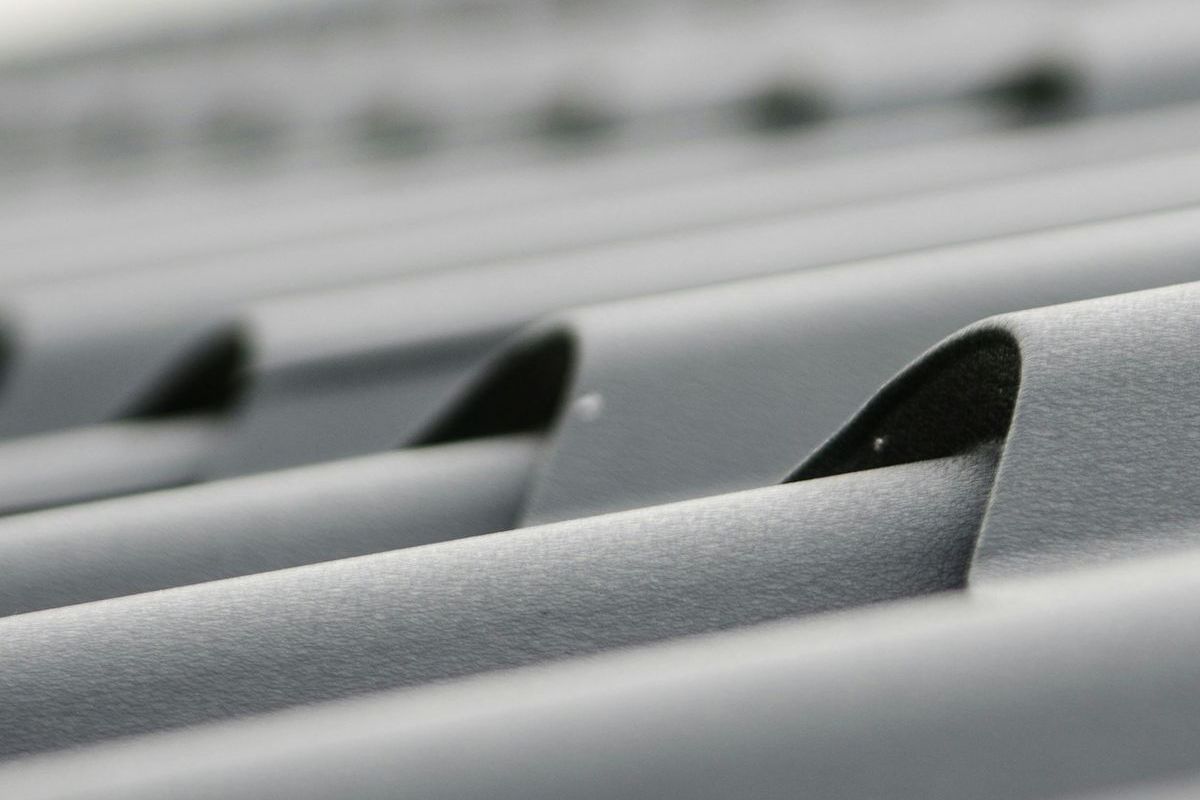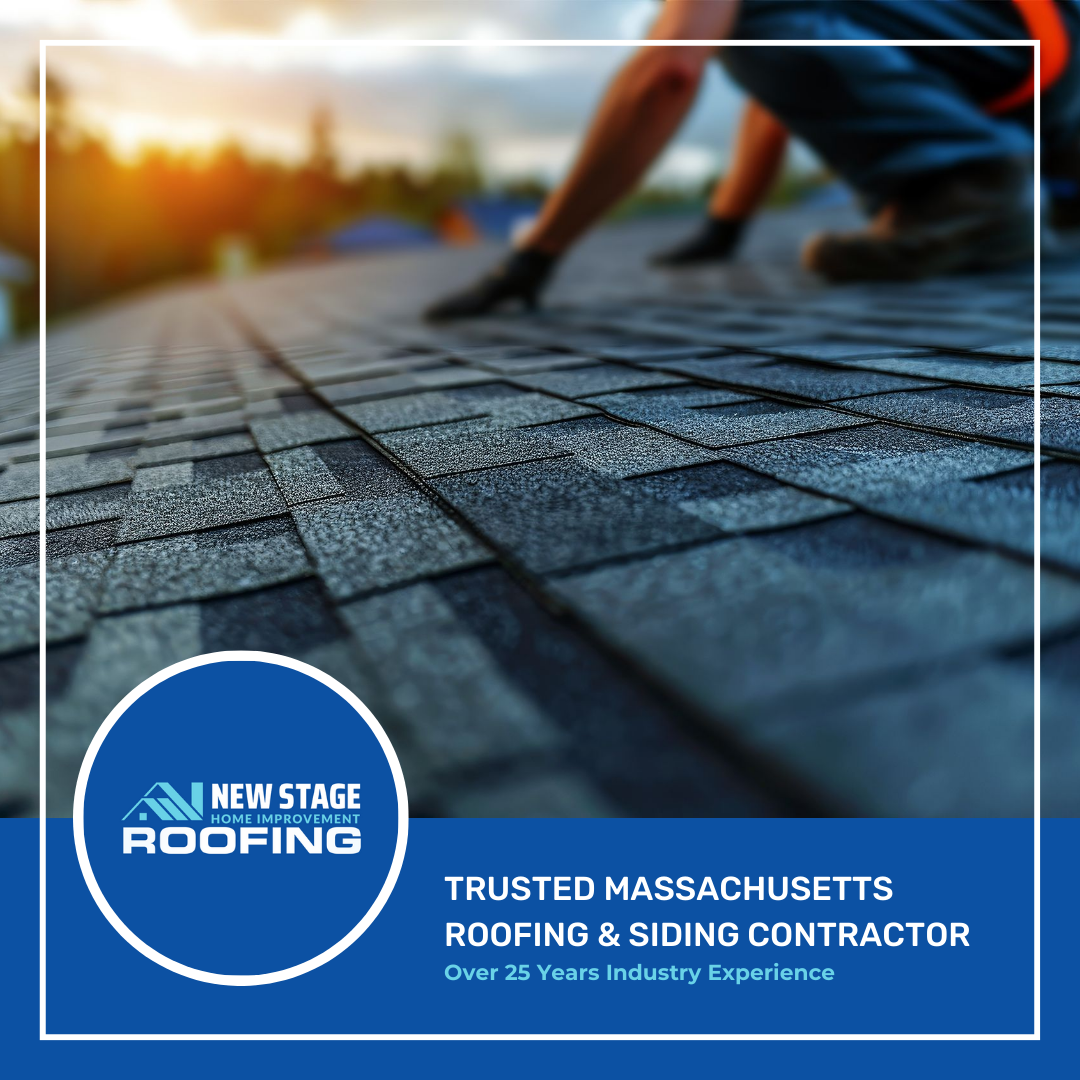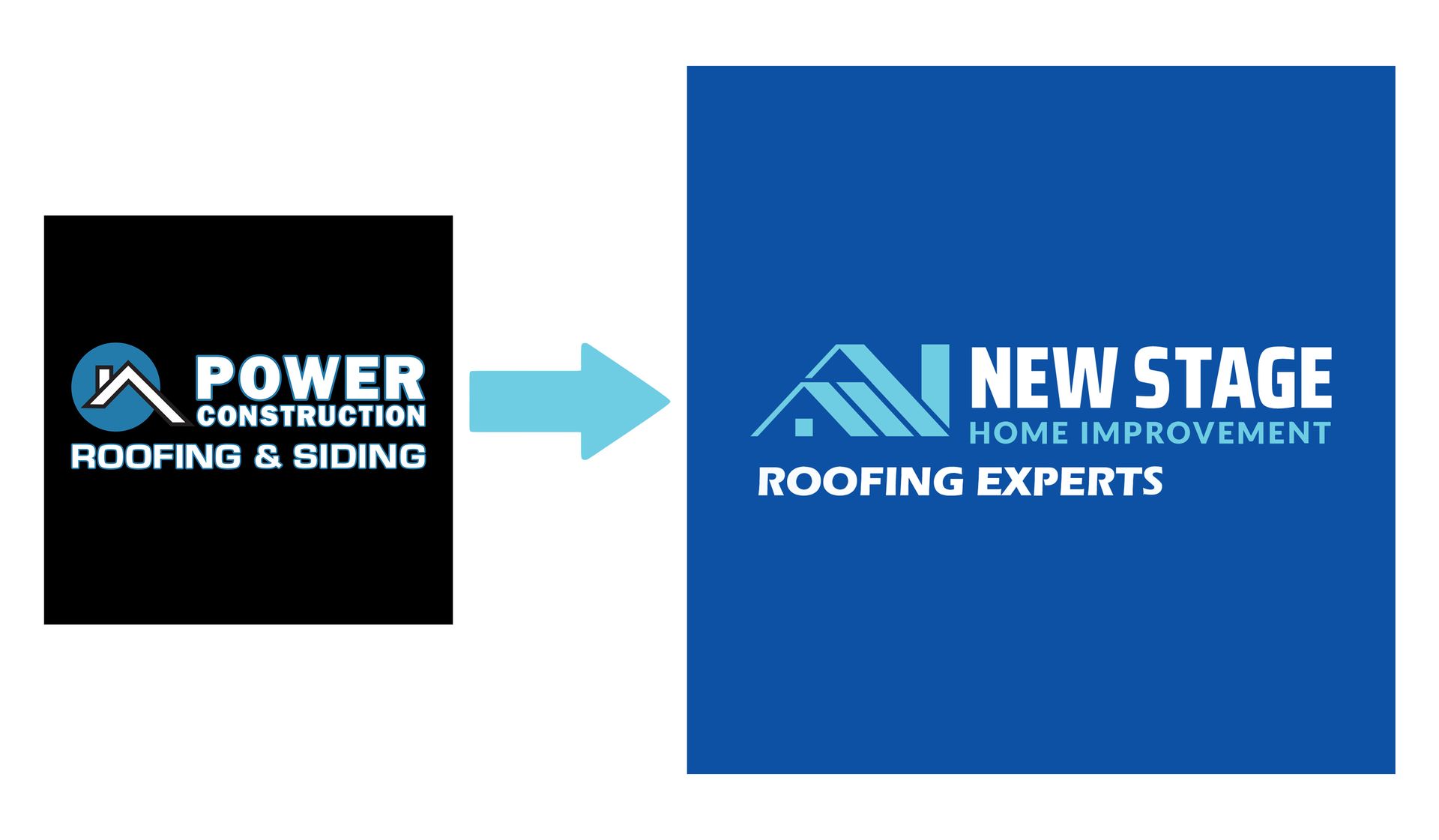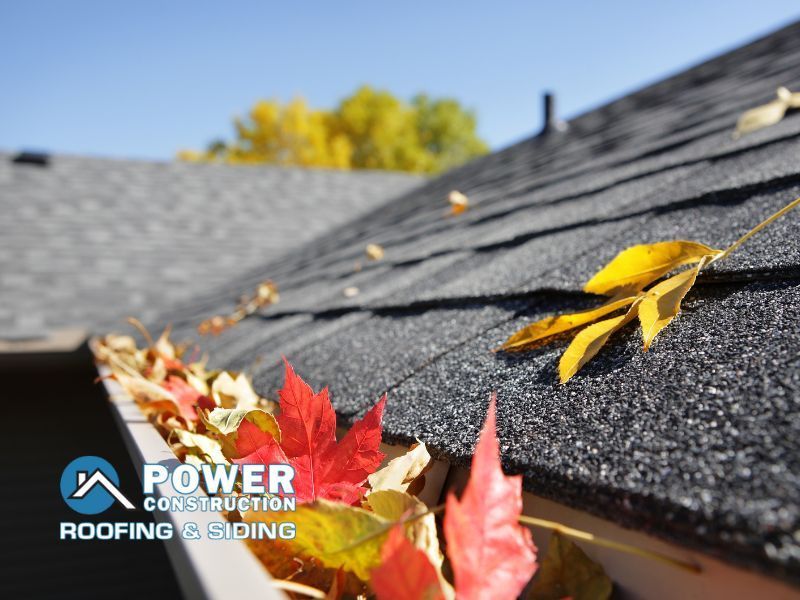5 Cold Weather Siding Issues and How to Prevent Them
Did you know that winter's cold temperatures, snow, and ice can create issues with your siding? As an old fashioned New England winter gears up to throw everything it's got at your home, it's helpful to know how to prevent damage to your siding and what to look for over the colder months. New Stage Home Improvement is here to help you keep your siding in great shape.
1. Cracking and Warping on Vinyl Siding
Vinyl siding expands and contracts as temperatures fluctuate. Rapid freezing and thawing can cause your vinyl siding to become brittle, causing cracks and warping. These can cause gaps to appear in your siding that allows moisture to seep in. Moisture can wreak havoc on your home, causing mildew, mold, and rot.
To prevent cracked and warped siding, work with New Stage Home Improvement to choose high-quality, winter-resistant siding materials. Our team only uses products that we know will stand up to our Massachusetts winters. Remember to inspect and repair any damage to your siding before winter's worst cold sets in.
2. Peeling Paint on Wood Siding
Snow and ice can do some damage to your wood siding, too. Moisture from melting snow and ice can get under the paint on your wooden shakes and shingles, causing it to peel when the temperatures fluctuate. This can expose the wood of your siding to rot, making it the perfect home for termites and other pests.
To prevent moisture damage to your wood siding, keep up with regular maintenance such as painting and sealing. Over the winter, remove snow and ice buildup near the foundation or exterior walls of your home.
3. Moisture Intrusion
As we mentioned above, moisture can cause major issues. A winter storm can blow snow and ice against your home, causing it to stick to the siding. As it melts, it will seep into any cracks present in your siding, leading to dreaded water infiltration. If unaddressed, moisture will cause rotting beneath the siding, mold growth, and peeling paint on the exterior of your home.
To prevent moisture intrusion and its related damage, maintain a watertight seal around your windows, doors, and other openings in your home's siding. You can also make sure your home's gutters are clear and you have good drainage around your home to ensure melting snow and ice doesn't fall down your siding and along your foundation.
4. Ice and Frost Buildup
As winter progresses, be sure to keep a watchful eye on the shady side of your home. This is where frost is most likely to form, as this side of your house is not exposed to direct sun and takes longer to dry out. Prolonged exposure to frost (aka moisture) can degrade your siding over time, leading to, you guessed it, water infiltration and moisture damage.
To prevent ice and frost buildup on your siding, make sure your home has a well-fitted, working drainage system and proper ventilation.
5. Wind Damage
This year's big nor'easter may cause wind damage to your siding. Strong winds can loosen or rip siding panels off of your home, especially if those panels are already weak or worn. This exposes your home's walls, causing drafts and increased heating costs.
Before the cold sets in and the wind starts howling, inspect your home's siding and secure any loose siding panels. New Stage Home Improvement has more than 25 years of experience providing quality siding and roofing repairs and replacements in the Greater Boston area. We can inspect your home's siding and recommend needed repairs. If your siding needs to be replaced, we can add you to our schedule. Many siding products can be repaired and replaced over the winter, so don't wait until spring to give us a call at 888-405-8908. You can also schedule your free estimate on our website.
